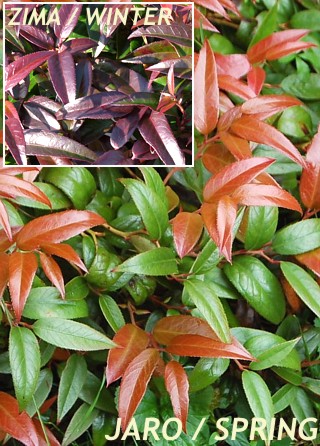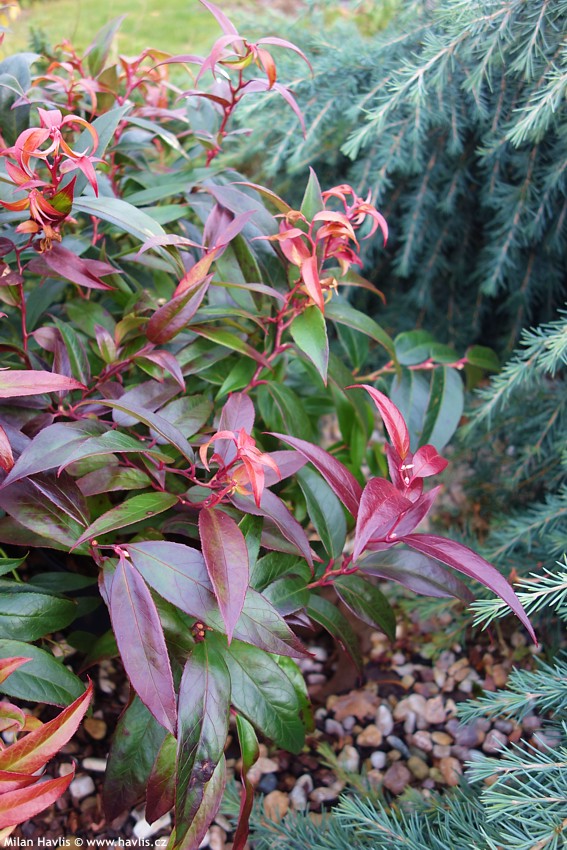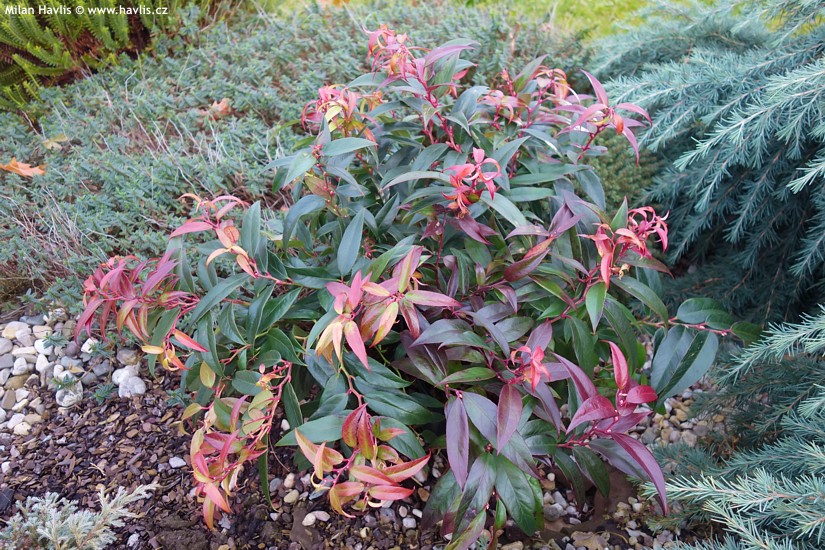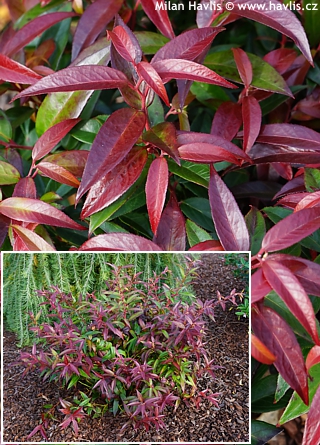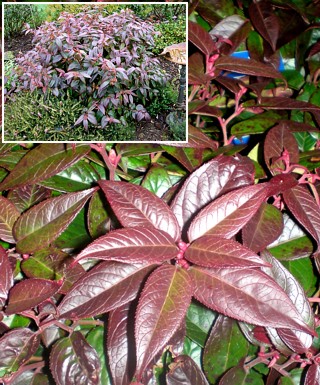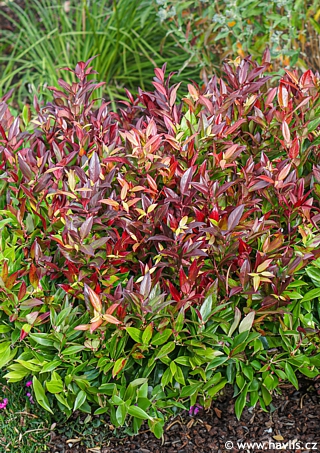Leucothoe ('Zebekot') CARINELLA™ leucothoe
Leucothoe
Quite new in our gardens, leucothoe is undoubtedly winning its way to our hearts. It belongs to the same family as for example rhododendrons. Many breeders are hybridizing its species in order to achieve more beautiful, hardier, and healthier plants. One of them is Alex J.Zebehazy from Ohio, USA. In 1984 he came up with 3 new varieties, one of which has conquered the world under the trade name SCARLETTA® (“Zeblid”), and other two followed: CARINELLA (“Zebekot”) and LOVITA (“Zebonard”). The first one is the subject of this article – it is a cross of leucothoe fontanesiana and leucothoe axillaris. It is healthier and more compact than the first one, and hardier with larger leaves than the second parent.
CARINELLA is a trade name for a new variety of leucothoe patented as "Zebecot" in 1984 (USPP5224P). Its evergreen, leathery leaves are widely elliptic with a distinct tip. They are glossy and they emerge bright red and coppery orange, and mature to dark green in summer. The best colour is in autumn when they turn deep burgundy red. This colour remains on the plant until the first hot days of spring when they change back to green without falling down. In the leaf axils numerous flower buds are borne, opening to short racemes of urn-shaped, creamy white flowers which consume a lot of plant’s energy, therefore we suggest removing most of the flowering branches at any time from spring until the end of flowering to encourage new growths.
CARINELLA grows slowly into a compact shrub with both upright and arching branches, and gets about 50 cm tall and wide. It is used both as a groundcover, suitable for planting beneath taller shrubs, or in a mixed border, and even as a small specimen plant in a garden bed or in a container on a patio. It remains dense and does not suffer from die back of branches and other diseases common for leucothoe fontanesiana.
This leucothoe will grow anywhere from full sun to full shade where it will keep its beautiful winter colour, too. All it needs is evenly moist, acid soil that is reasonably fertile and well-drained. It proved hardy to min. -26°C (USDA zone 5b), and is recommended for growing in outdoor pots.
Last update 15-11-2016

































